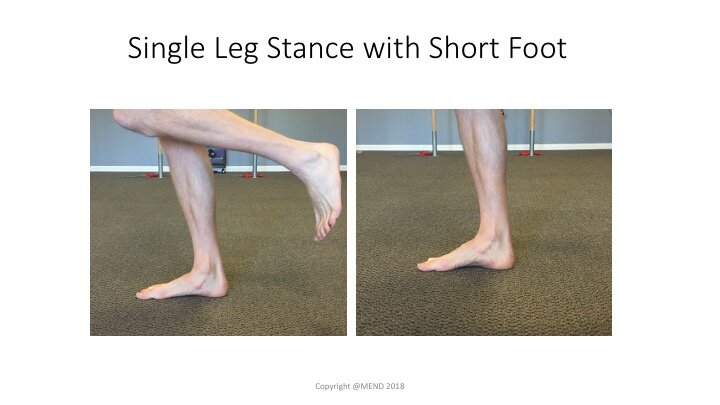Authors estimate close to 64 million adults in the United States have bunions on their first toe and 200,000 will elect for surgery to treat this painful area of the foot. The surgery is not without risk and around 15% of patients undergoing surgery will require a 2nd revision. Bunions are defined as an increase in bone growth on the outer medial edge of the 1st toe joint. Previous authors have established less common reasons for the development of bunions including hereditary links and narrow toe boxes (women’s dress shoes). More commonly, research has shown bunions form secondary to alterations in foot mechanics during walking and running.
As we walk our foot moves between a flattened, shock absorbing structure (pronation) and a rigid lever for push off (supination). Both directions are critical for normal foot function. An increase in pronation of the arch is accompanied by compensatory movement of the 1st toe complex. Specially, a movement of the metatarsal and phalanx away and toward the mid line of the foot, respectively. Authors believe this compensatory movement leads to excessive and abnormal forces across the 1st toe joint leading to deformity and increased bone formation. If left untreated this deformity begins to weaken the surrounding muscular and ligamentous restraints leading to joint instability, further deformity, and additional bone formation. Severity of the bunion correlates with a patient’s pain, disability, and quality of life.
Treatment for bunions involves improving load bearing across the first toe complex and medial arch during the walking cycle (Glascoe et al. JOSPT. 2016). Often restrictions in mobility are found through the foot and ankle requiring manual therapy and exercise to restore optimal range of motion in the affected joints. In addition, Physical Therapy strengthening exercises of the foot and toe musculature to stabilize the great toe, as well as, the ankle musculature (gastrocnemius, soleus, peroneals, and posterior tibialis) to improve gait are commonly prescribed. Together the small and large musculature of the foot and ankle improve weight bearing across the arch and 1st toe relieving pain and excessive stress across this area. Examples of these exercises can be found here and here. Stay tuned to our social media feed for additional information on how to self treat your foot pain.
Click Here to learn which treatments are most appropriate for your foot pain

